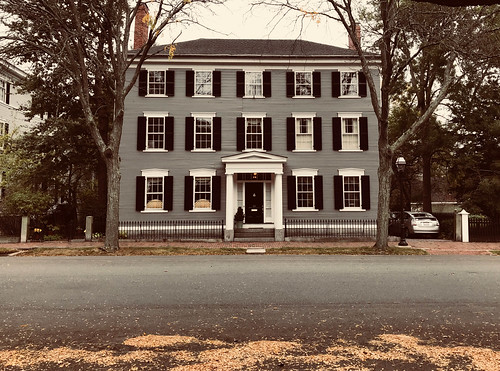1 minutes estimated reading time
The gray house phenomenon is a fascinating microcosm of urban development. Gray because its a specifically American phenomenon, rather than grey. But some of the aspects of it will be equally familiar to city dwellers elsewhere.
Quick fix
The act of painting a brick house is a quick fix by developers, rather like body filler on old car:
…it’s a cheap, easy way to refresh a brick facade. Many rowhouses in the city are a century old, or close to it, and “you probably don’t want to risk [damaging] hundred-year-old mortar by power-washing,” notes Kevin Wood, a realtor with Slate Properties. Left as is, old brick may appear dingy—especially if the house dates to the era when coal was burned in D.C.—or it will have gaps between courses where the mortar needs repointing, a painstaking repair job. New paint can hide a multitude of small flaws.
Grayed Expectations | Washington City Paper
This causes anxiety among people who want to preserve an areas character with soot stained natural brick finish.
Flip house gray
Grey was chosen because it was an inoffensive neutral colour that was designed to blend in. Think norm core for house exteriors. Neutral colours are recommended on websites that provide advice to people looking to refurbish and resell a house. But it has come to mark out a home that was painted to sell it, or as one article put it ‘flip house gray’. It stands out in neighbourhoods and provides a visual marker for gentrification. The gray house is either for sale, or a house were people have moved into a neighbourhood.
More jargon related content here.
More information here
Grayed Expectations | Washington City Paper
What Are the Best Paint Colors for Selling a House? – House Flip Central
Sherwin Williams Light French Gray SW 0055 – West Magnolia Style
